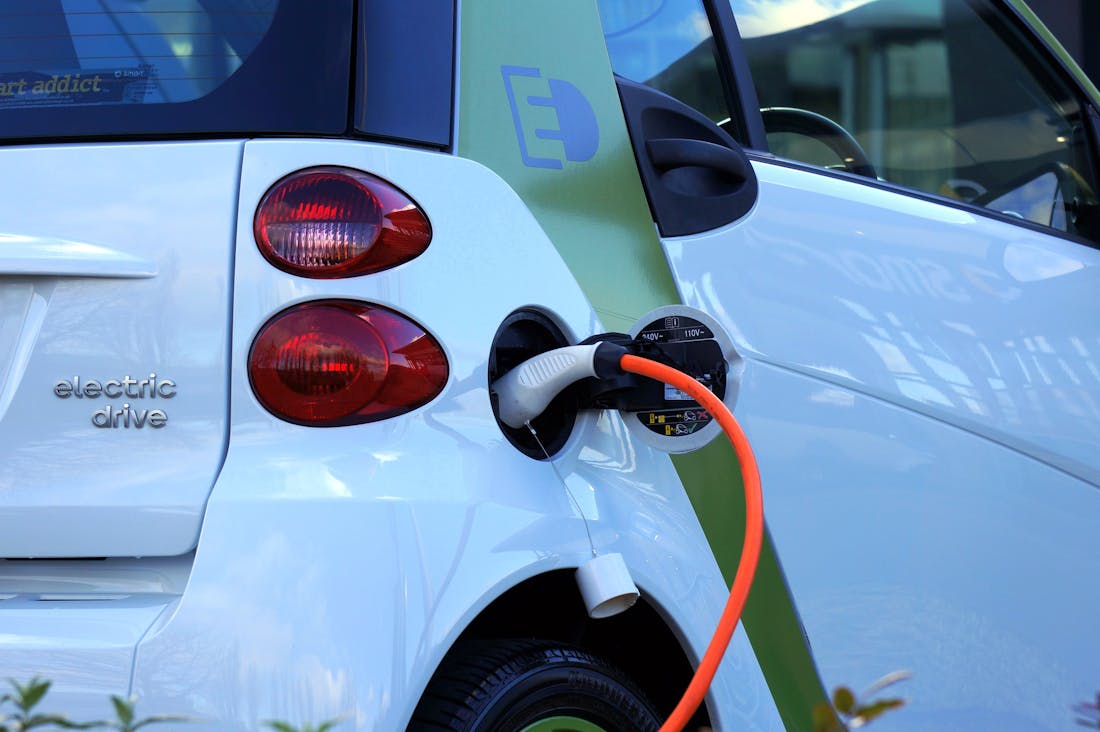As we enter 2024, the electric vehicle (EV) landscape is rapidly evolving, driven by technological advancements, shifting consumer preferences, and increasing environmental awareness. From innovative battery technologies to enhanced charging infrastructure, this dynamic market presents both opportunities and challenges for manufacturers, consumers, and policymakers alike. Join us as we explore this exciting revolution in transportation.

Current Trends in EV Technology
Current trends in electric vehicle (EV) technology are rapidly evolving, driven by consumer demand for sustainability and advancements in battery technology. Major automakers are intensifying their focus on electric models, with many planning to electrify their lineups in the upcoming years. Innovations in solid-state batteries promise increased energy density and faster charging times, potentially overcoming the limitations of traditional lithium-ion batteries. Additionally, the integration of artificial intelligence in EVs enhances driving efficiency and safety through improved navigation and autonomous capabilities. Renewable energy sources are also being utilized more extensively in charging infrastructure, making EVs an even greener option. As governments worldwide implement stricter emissions regulations, the push for enhanced charging networks and affordability will further accelerate the adoption of electric vehicles, positioning them as a cornerstone of future transportation strategies.

The Influence of Policy Changes on EV Adoption
The influence of policy changes on electric vehicle (EV) adoption has been profound and multifaceted. Government incentives, such as tax credits, rebates, and grants, play a crucial role in lowering the financial barrier for consumers and businesses considering EVs. Moreover, pollution regulations and fuel economy standards encourage automakers to invest in electric technology, thereby increasing the availability of diverse EV models. Policies promoting charging infrastructure development enhance accessibility and alleviate range anxiety among potential buyers. Additionally, initiatives aimed at reducing greenhouse gas emissions amplify the push towards sustainable transportation solutions. Collectively, these policy changes create a more favorable environment for accelerating EV penetration in the market.

Consumer Preferences: What Matters in 2024
In 2024, consumer preferences are increasingly shaped by a blend of sustainability, convenience, and personalization. As climate awareness continues to grow, environmentally friendly products and brands that prioritize ethical practices are gaining traction among shoppers. Additionally, the demand for convenience drives the popularity of online shopping and subscription services, allowing consumers to obtain goods with minimal effort. Personalization also plays a key role, with brands leveraging data analytics and AI to offer tailored experiences that resonate with individual tastes and preferences. Overall, consumers are making more conscious choices, seeking products that not only meet their needs but also align with their values.
AI-Assisted Content Disclaimer
This article was created with AI assistance and reviewed by a human for accuracy and clarity.